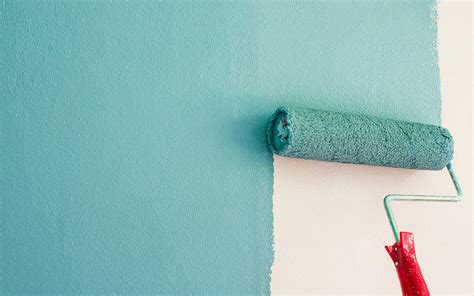Beat the Clock: Fast Outdoor Paint Drying Tips
Painting outdoors offers a refreshing change of pace, but waiting for paint to dry can feel like an eternity, especially when the weather isn't cooperating. This article explores proven techniques to accelerate the drying process, ensuring your project stays on schedule, regardless of the conditions. We'll cover everything from choosing the right paint to leveraging environmental factors for optimal drying times.
What Factors Affect Outdoor Paint Drying Time?
Before diving into speed-drying techniques, understanding the influencing factors is crucial. These include:
- Type of Paint: Oil-based paints take significantly longer to dry than water-based (latex) paints. The latter often dry within a few hours, while oil-based paints can take up to 24 hours or more.
- Temperature: Warmer temperatures accelerate drying. Ideally, paint should be applied when the temperature is above 50°F (10°C) and below 90°F (32°C). Extreme heat can cause the paint to dry too quickly, leading to cracking.
- Humidity: High humidity slows down the drying process. Aim for lower humidity levels for faster drying.
- Air Circulation: Good airflow helps evaporate solvents and water from the paint, speeding up drying. A gentle breeze is beneficial.
- Paint Thickness: Thicker coats take longer to dry than thin coats. Applying multiple thin coats is always recommended for better coverage and faster drying.
- Sunshine: Direct sunlight can expedite the drying process, but excessive sun can also lead to uneven drying and cracking.
How to Speed Up Outdoor Paint Drying Time
Now, let's explore actionable strategies to minimize drying time:
1. Choose the Right Paint
Selecting the right paint is the first step towards faster drying. Water-based paints generally dry much quicker than oil-based paints. Look for paints specifically formulated for fast drying times – many manufacturers offer these.
2. Optimize Environmental Conditions
- Temperature: Schedule your painting for warmer parts of the day when temperatures are at their peak. Avoid painting in direct midday sun, though, as this can cause the paint to dry too quickly.
- Humidity: Check the weather forecast and choose a day with lower humidity. Painting on a dry, breezy day will significantly improve drying times.
- Air Circulation: Position fans strategically to create gentle airflow around the painted surface. This will help to evaporate moisture and solvents, reducing drying time.
3. Proper Paint Application Techniques
- Thin Coats: Apply multiple thin coats instead of one thick coat. This allows each layer to dry more quickly and prevents cracking.
- Proper Surface Preparation: Ensure the surface you're painting is clean, dry, and free of any debris. This creates a better surface for the paint to adhere to and dry evenly.
4. Using Additives (with Caution)
Some paint additives are designed to accelerate drying time. However, always follow the manufacturer's instructions carefully and test the additive in an inconspicuous area before applying it to the entire surface. Incorrect usage can negatively affect the paint's final finish.
What are the best paints for fast drying?
Many brands offer fast-drying paints, both water-based and oil-based. Check the product descriptions for drying time specifications and choose a product that meets your project's timeline. Reading reviews can also offer insights into real-world drying experiences.
Does using a fan help paint dry faster?
Yes, using a fan significantly helps paint dry faster. The gentle airflow created by the fan accelerates the evaporation of moisture and solvents from the paint, reducing drying time. Place fans strategically to create a consistent airflow around the painted surface.
How can I tell if my paint is dry enough?
The paint should feel dry to the touch and not smudge when gently rubbed with your finger. However, even after it feels dry, allow for the full drying time recommended by the manufacturer to ensure the paint fully cures and achieves its optimal durability.
By applying these techniques, you can significantly reduce outdoor paint drying times and complete your projects efficiently. Remember to always prioritize safety and carefully follow the manufacturer's instructions for your chosen paint and any additives you might use.

